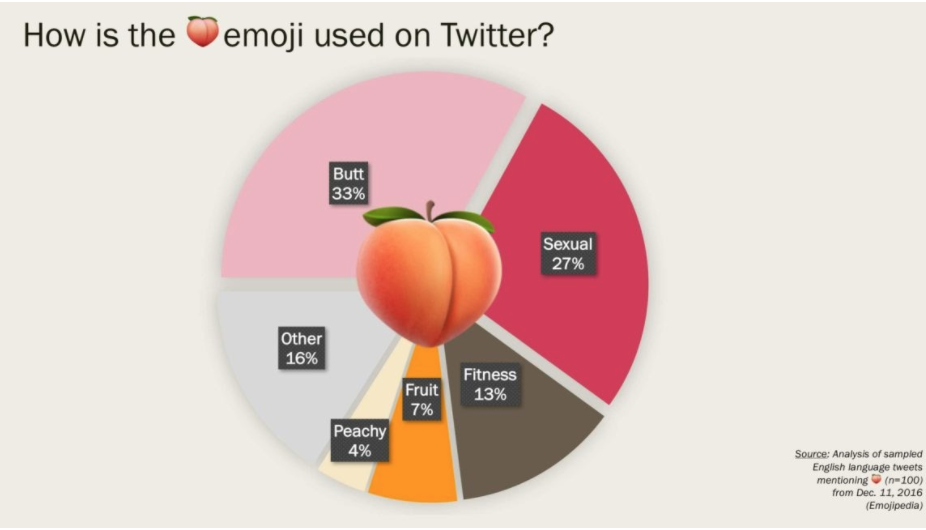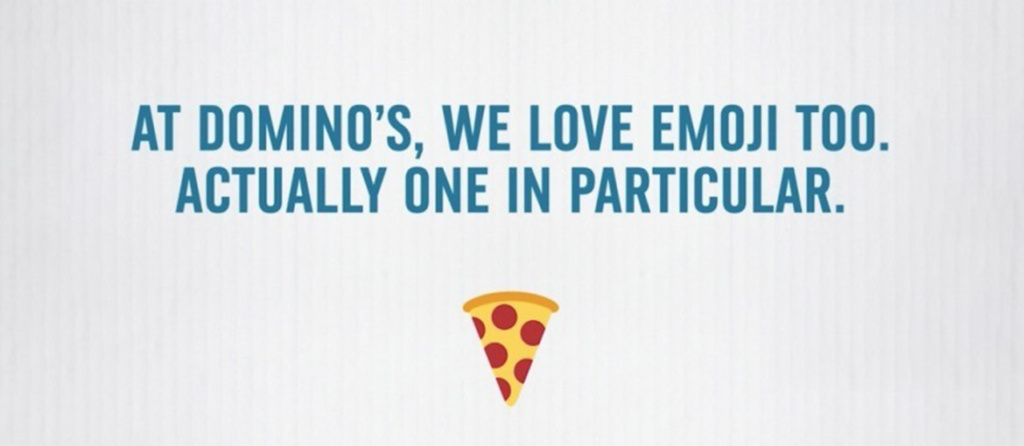In 2015, the Oxford Dictionary named the laughing crying face emoji as the word of the year.
Could this be seen as a jest or a subtle mockery of the academic world? Possibly not. What if emojis hold a deeper significance than we might initially believe? This piece aims to delve into the essence of emojis and explore their effective use in professional communication.
The journey from punctuation to emoji: A concise history
Emojis trace their lineage back to the adaptive use of punctuation, evolving to express emotions in digital communication. Starting in the 1990s, punctuation in online forums, blogs, and chats began to take on an emotive role, compensating for the absence of non-verbal cues such as gestures and facial expressions, and indicating the intended tone behind written words. For instance, a period in a chat no longer just marks the end of a sentence but conveys emotions like sarcasm or frustration.

The emoticons of the late ’90s represent a progression in this emotive punctuation, utilizing punctuation marks to create facial expressions. Emojis, then, are an extension of this concept, offering a wide array of icons to add immediacy, informality, and a sense of connection to messages.
Embracing emojis for brand-consumer rapport
Over the years, both large and small brands have incorporated emojis into their communication strategies to enhance empathy and engagement with their audience. A notable example is Durex, which launched an emoji for safe sex, recognizing that 92% of internet users communicate using these symbols. Beyond headline-grabbing initiatives by companies like Ikea, Domino’s Pizza, Pepsi, and Starbucks, smaller enterprises also see the value in using emojis for customer service communications, lending a friendly and approachable tone to interactions.
Guidelines for using emojis
While there are no strict rules for emoji usage, two main principles have emerged over time:
- Understanding: Grasping the emotion you wish to convey and selecting the appropriate emoji.
- Moderation: Avoiding overuse to maintain professionalism and prevent negative perceptions.
Emojis in newsletters and social media
Using emojis in newsletters requires careful consideration; studies suggest that emojis in subject lines might slightly reduce open rates due to perceptions of unprofessionalism. However, when used judiciously within the email body, emojis can enhance engagement. On social media, emojis facilitate more human and relatable brand communication, helping brands appear more personable and transparent.


Emojis in corporate communication
In chat interactions, emojis can humanize conversations, making exchanges simpler and more engaging. Businesses might benefit from understanding the emotional significance of emojis and selecting a consistent set that aligns with their brand identity to avoid misinterpretation.
The evolving role and future of emojis
Emojis are increasingly seen as versatile tools capable of enriching advertising campaigns and conveying complex services in novel ways. For instance, Domino’s Pizza simplified pizza ordering with an emoji-based system, and the WWF leveraged emojis in a conservation campaign. Emojis even extend to literary adaptations and interactive puzzles, showcasing their potential to convey intricate narratives and engage audiences in creative ways.
Looking ahead, the reinterpretation and expansion of emoji use reflect ongoing social shifts, with new emojis continually being added to reflect current realities, such as the face mask emoji during the pandemic. The exploration of emojis in communication offers a promising field for innovation, inviting brands and individuals to experiment with their expressive possibilities. Farewell for now, and let’s part with a fitting emoji wave 👋

